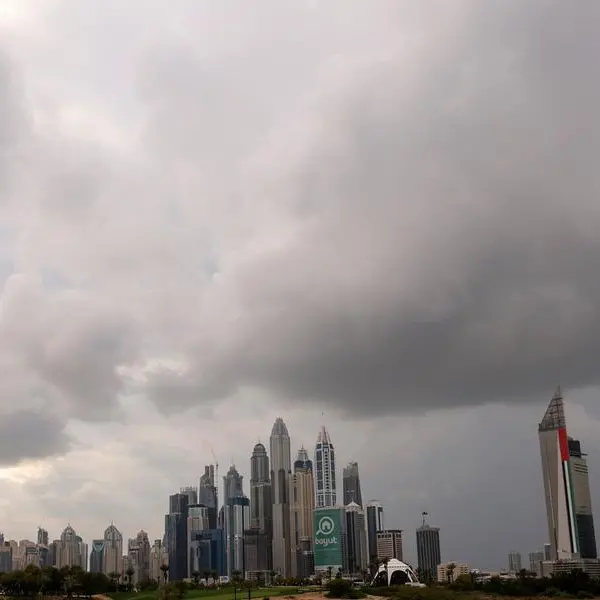PHOTO
The NCM predicts that the hours will gradually increase every day, reaching approximately 14 hours and 44 minutes at the end of the Holy Month.
In their 2021 Ramadan climate report on Sunday, the NCM also said this year’s Ramadan, starting in the fourth quarter of April, and ending in the third quarter of May, is considered the first transitional period (spring) between winter and summer.
“During most days of Ramadan, the weather is expected to be relatively hot, to hot during daytime over the internal areas, while it will be relatively hot over coastal areas, mild over mountain heights and the country during the night and pleasant at dawn,” said the NCM report.
“According to the climate data for this period, the average temperatures range between 33°C and 41°C and the maximum temperatures reach approximately 48° over some internal areas by afternoon, while the mean minimum temperatures range between 21°C to 26°C, and the lowest minimum temperature reaches approximately 7°C recorded in some mountainous or internal areas in the early morning hours.”
According to the NCM, during this period, the Siberian high pressure gradually weakens and declines, especially in the second half of it, and the region is affected by the extension of transiting low-pressure system, where a low pressure extends from the west or east when accompanied by an upper air low pressure over some areas with a chance of rain.
The forecasters said the highest rainfall ever recorded during this period in the past years was 153.6mm over Rezeen on April 17, 2003. The rainfall amount in this month is expected to be less than the overall average value.
“Relative humidity decreases slightly during this period, especially in the last quarter, although fog and mist are likely to form over limited areas for a limited time during the morning hours. Mean maximum relative humidity ranges from 60 percent to 75 percent during the night and early morning. Mean minimum relative humidity ranges from 15 percent to 28 percent during the afternoon and daytime,” the NCM said in a statement.
“Southeasterly winds are prevailing during night and morning period, becoming fresh northwesterly by afternoon and evening (land breeze and sea breeze) as the winds sometimes become fresh with deep low pressure and convective clouds formation, causing blowing dust and sand at times.”
The maximum wind speed recorded during this period during the past years was 117 kmph over Jabal Mebrah on May 6, 2010, and the average wind speed is 13 kmph.
Copyright © 2021 Khaleej Times. All Rights Reserved. Provided by SyndiGate Media Inc. (Syndigate.info).












